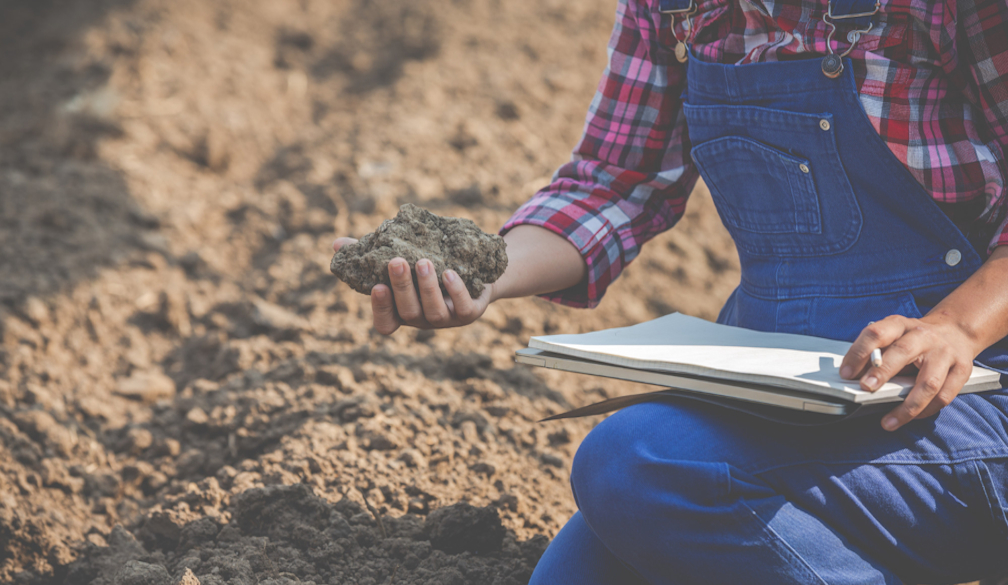Scalability Challenges: A Beginner's Guide to Choosing and Using Topsoil Screeners

If you're a gardener, landscaper, or construction enthusiast, you've probably heard about the benefits of using topsoil screeners to improve the quality of your soil. These handy machines can help you sift through your soil, removing debris and ensuring that you're left with nothing but nutrient-rich topsoil. However, for beginners, the world of topsoil screeners can be daunting.
Why Try a Topsoil Screener?
Before diving into the intricacies of choosing and using topsoil screeners, it's essential to understand why you might want to try a topsoil screener. Topsoil screeners are a fantastic tool for improving the quality of your soil. They help in the removal of rocks, roots, and other unwanted materials, leaving you with a fine, fertile soil mixture. Whether you're a gardener looking to plant healthier crops or a landscaper aiming for a pristine lawn, a topsoil screener can significantly enhance the quality of your soil.
Choosing the Right Topsoil Screener
Size Matters
When selecting a topsoil screener, consider the size of your project. Smaller, portable screeners are perfect for small-scale gardening or landscaping projects, while larger models are better suited for construction sites. Ensure that the machine's capacity matches the volume of soil you intend to screen.
Screen Size and Material
The screen's mesh size determines the fineness of the screened material. For most general-purpose applications, a screen with a 1/2-inch to 3/4-inch mesh size is suitable. Additionally, opt for a screen made of durable materials like steel to ensure longevity.
Mobility
Mobility is crucial, especially for larger projects where you may need to move the screener around. Look for screeners with wheels or a tow hitch for easy transportation.
Using a Topsoil Screener
Now that you've chosen the right topsoil screener for your needs, let's explore how to use it effectively:
Preparing the Soil
Start by preparing the soil you want to screen. Remove any large debris, rocks, or roots from the soil to prevent damage to the machine.
Feeding the Screener
Load the soil onto the topsoil screener's hopper. Make sure not to overload it, as this can lead to inefficient screening and potential machine damage.
Operating the Screener
Turn on the screener and adjust the settings according to your preferences. The machine will separate the finer topsoil from the unwanted materials, depositing the clean soil in one pile and the debris in another.
Collecting the Screened Soil
Once the screening process is complete, collect the screened topsoil in a separate container or pile for use in your gardening or landscaping project.
Maintenance
Regularly clean the machine's screens and components to ensure it functions optimally. Lubricate moving parts as recommended by the manufacturer, and store the screener in a dry, protected area when not in use.
Topsoil screeners are invaluable tools for improving soil quality and ensuring your gardening, landscaping, or construction projects yield the best results. By choosing the right topsoil screener and using it correctly, you can transform your soil into a fertile, nutrient-rich base for your plants or construction endeavours. Remember to prioritize safety and maintenance for a hassle-free experience.







